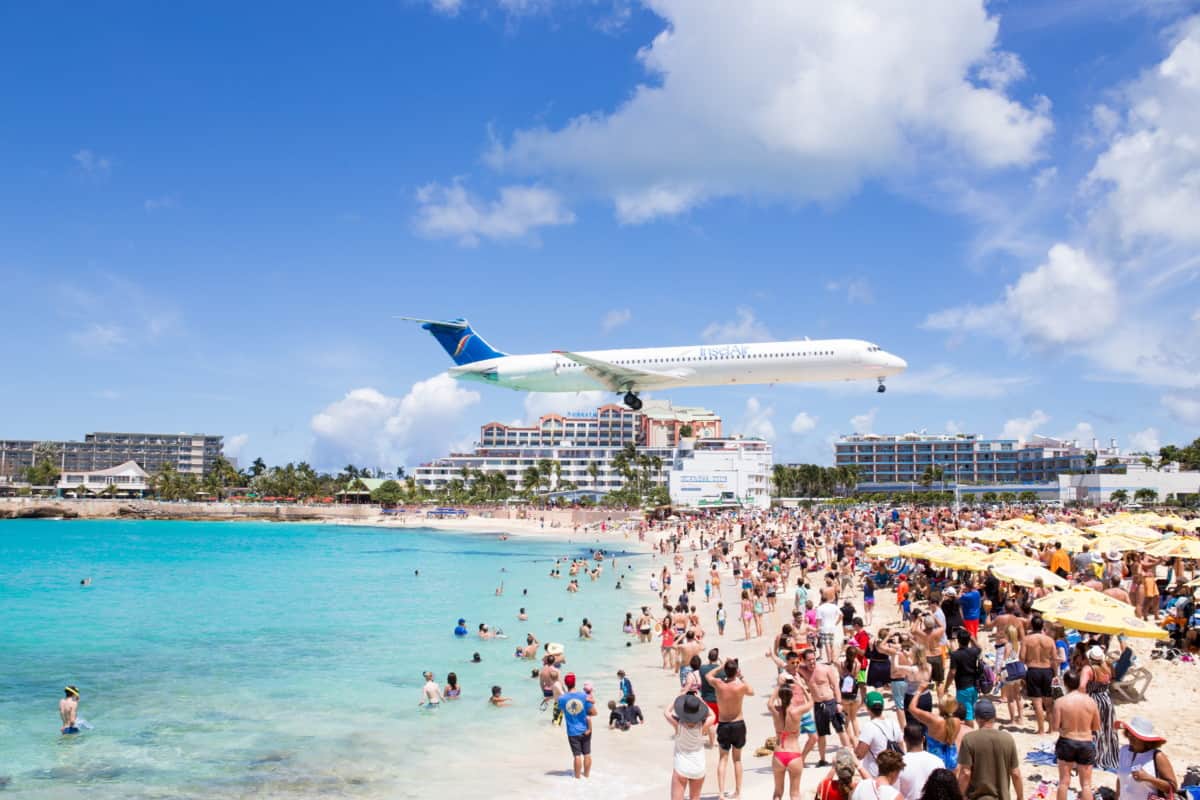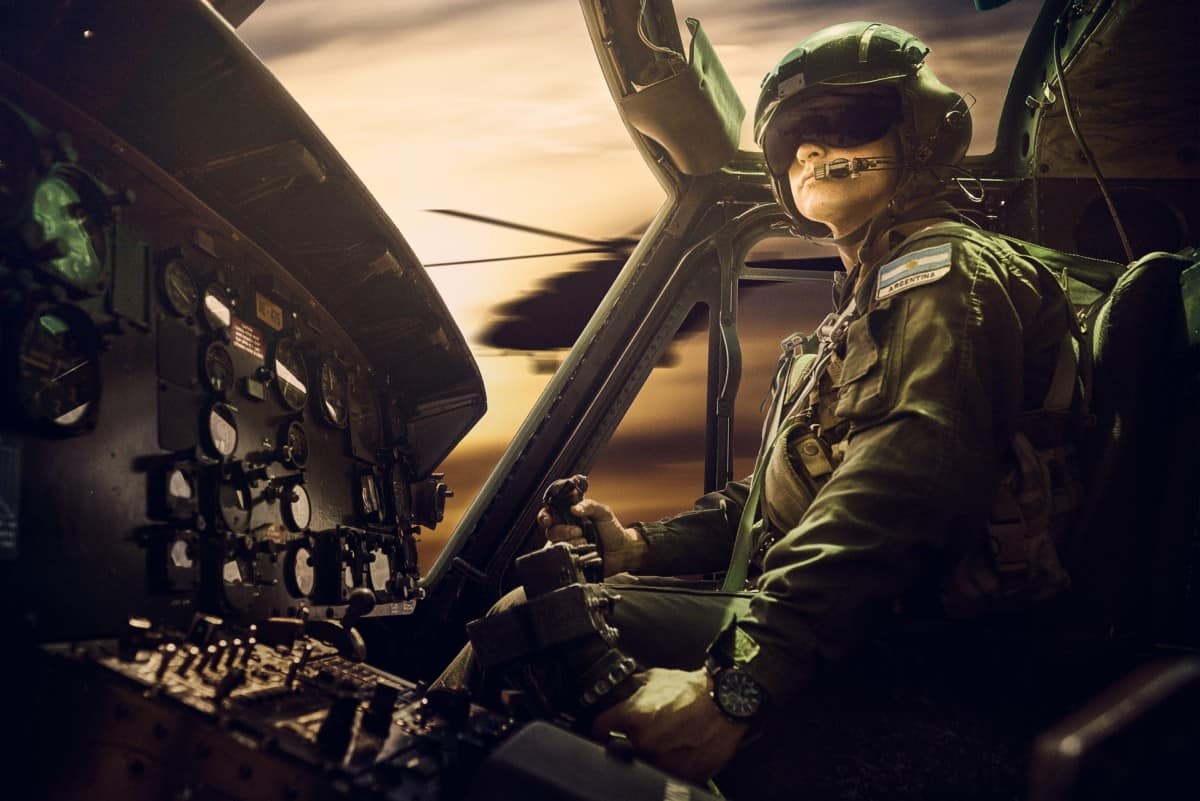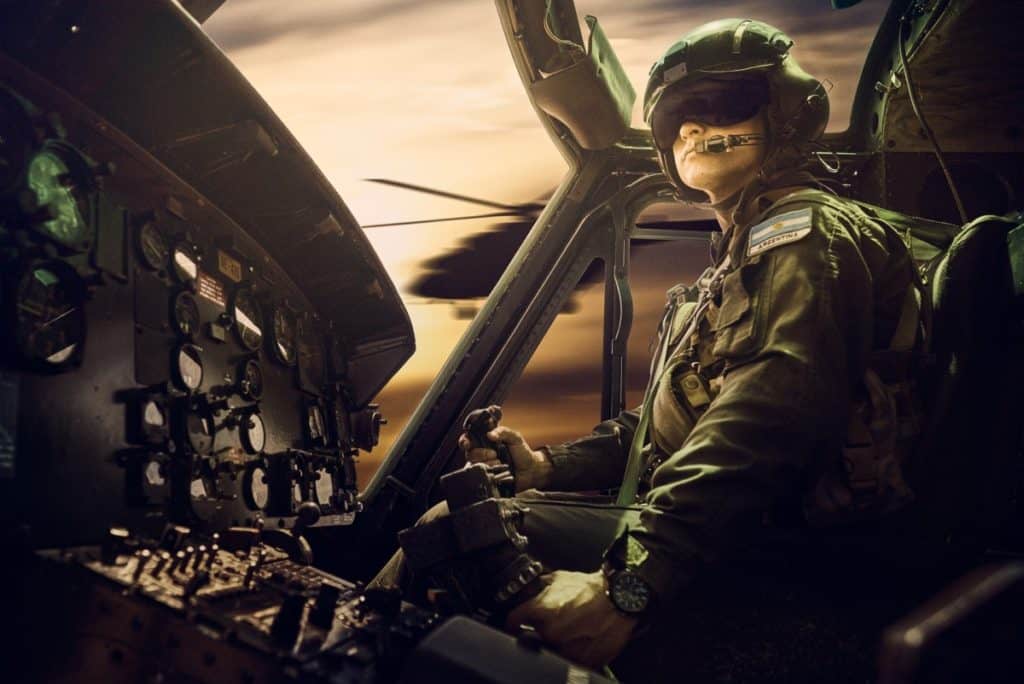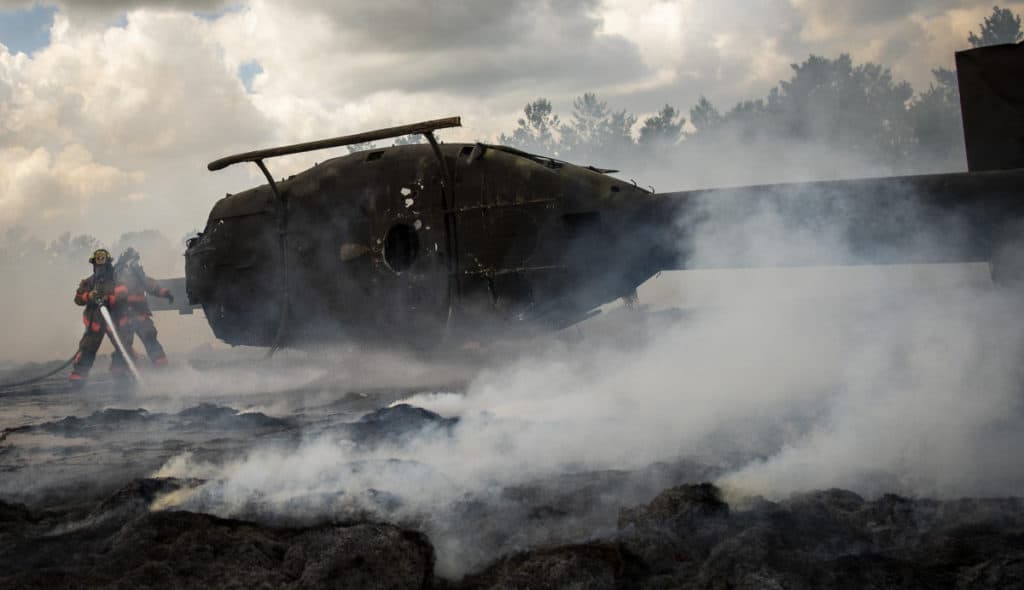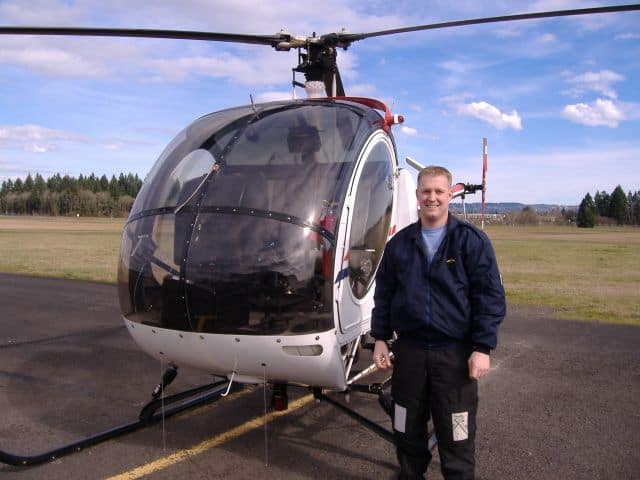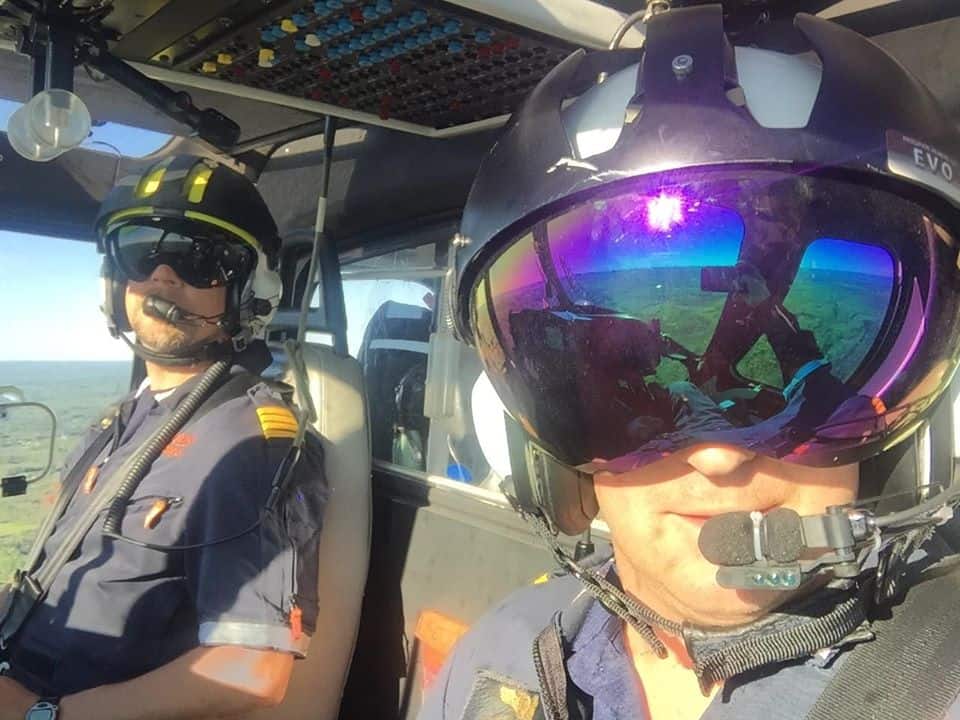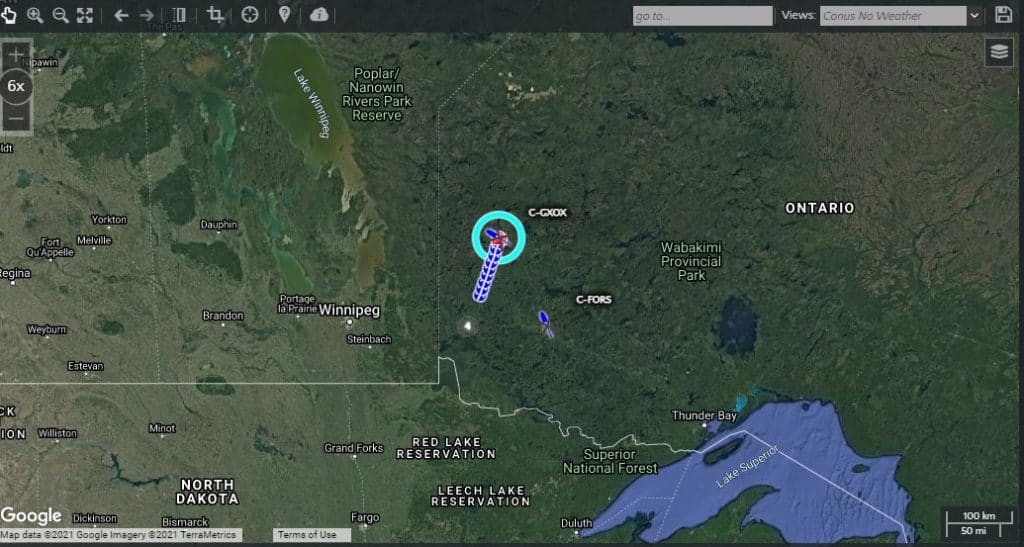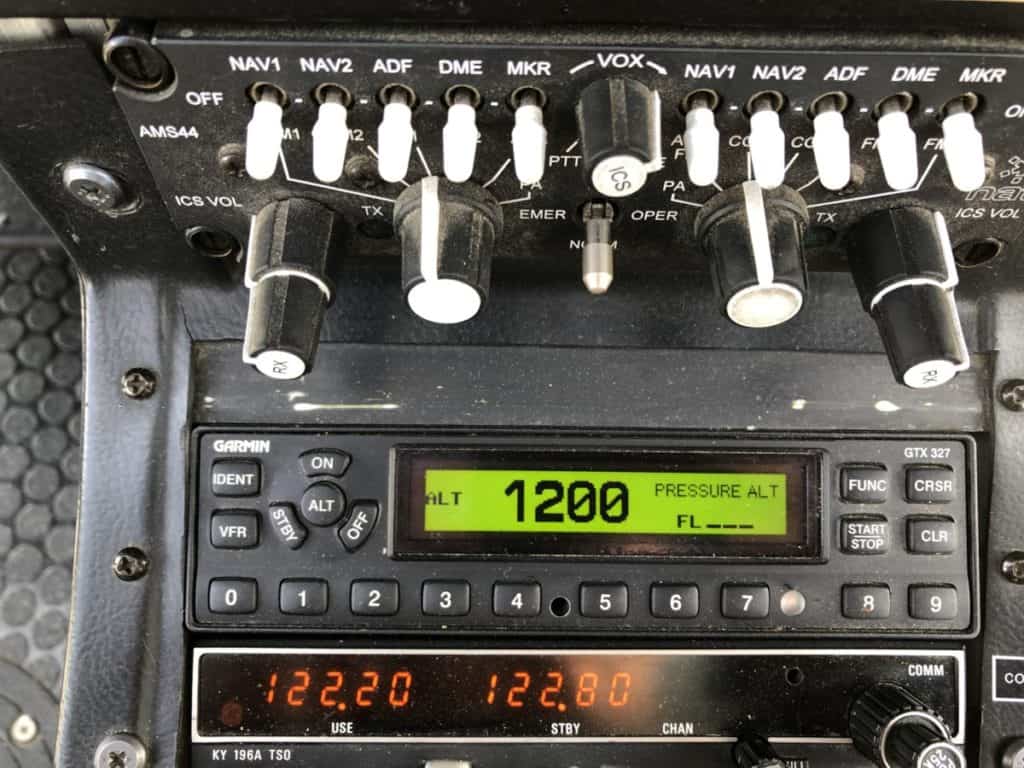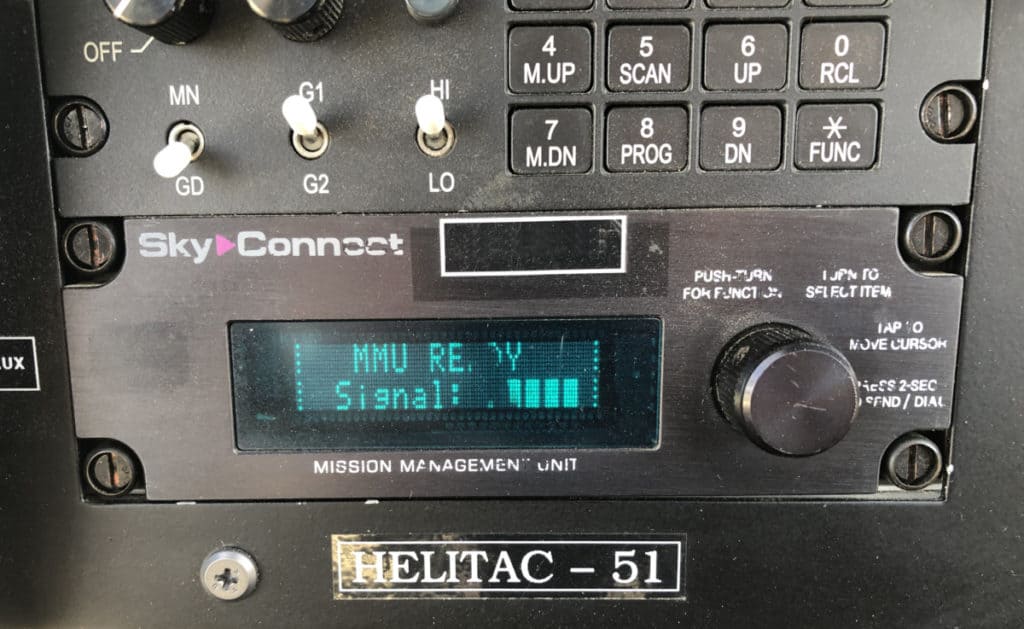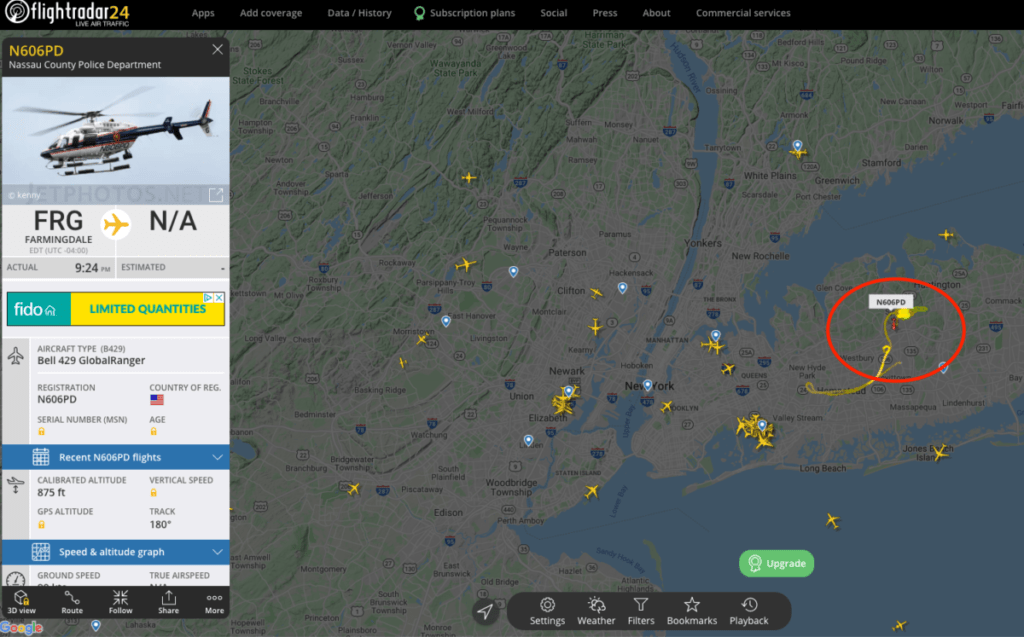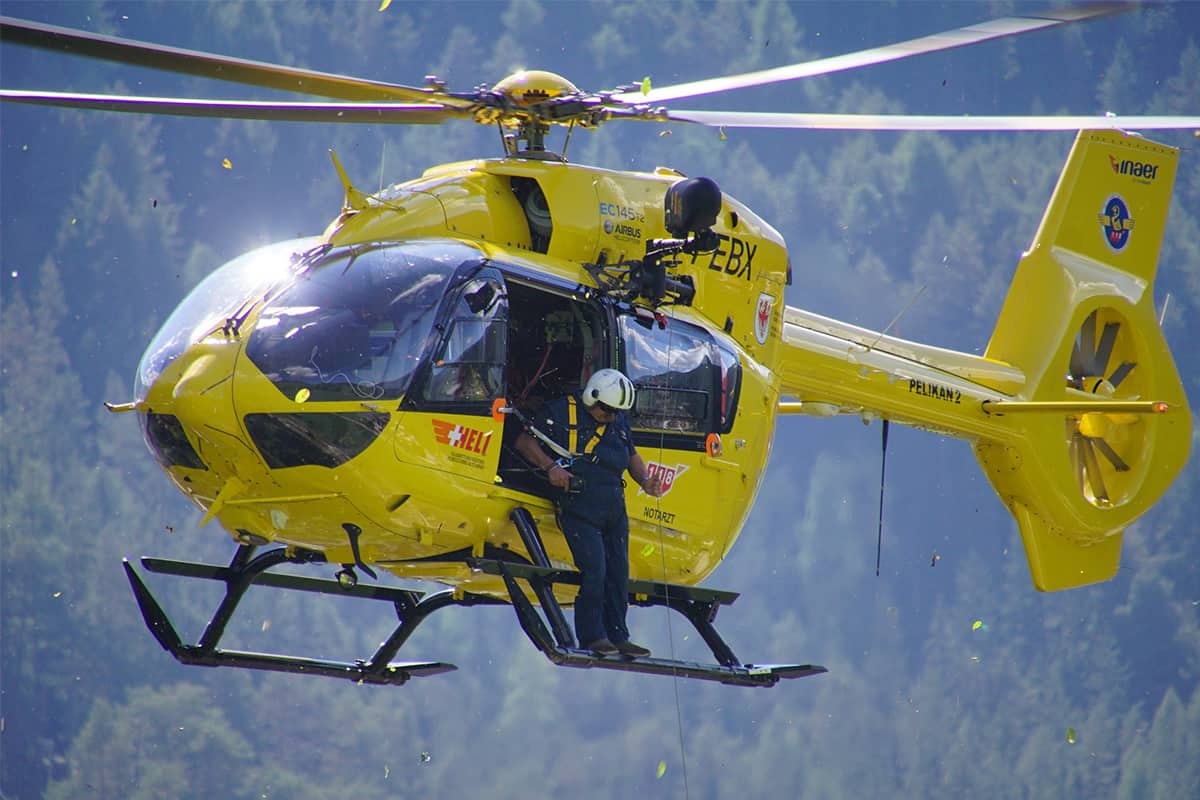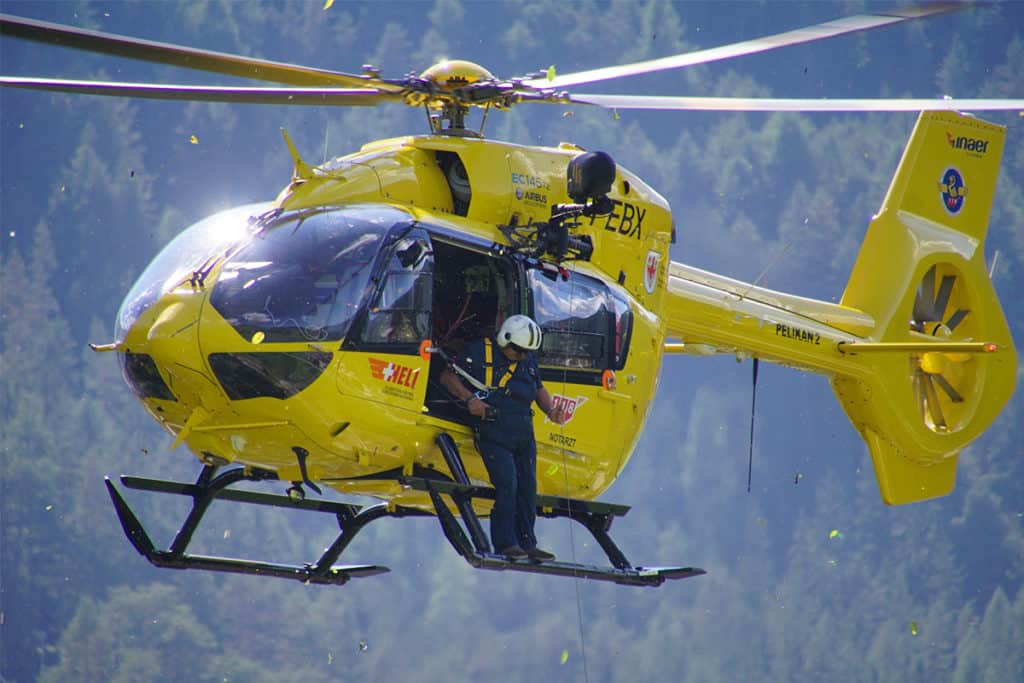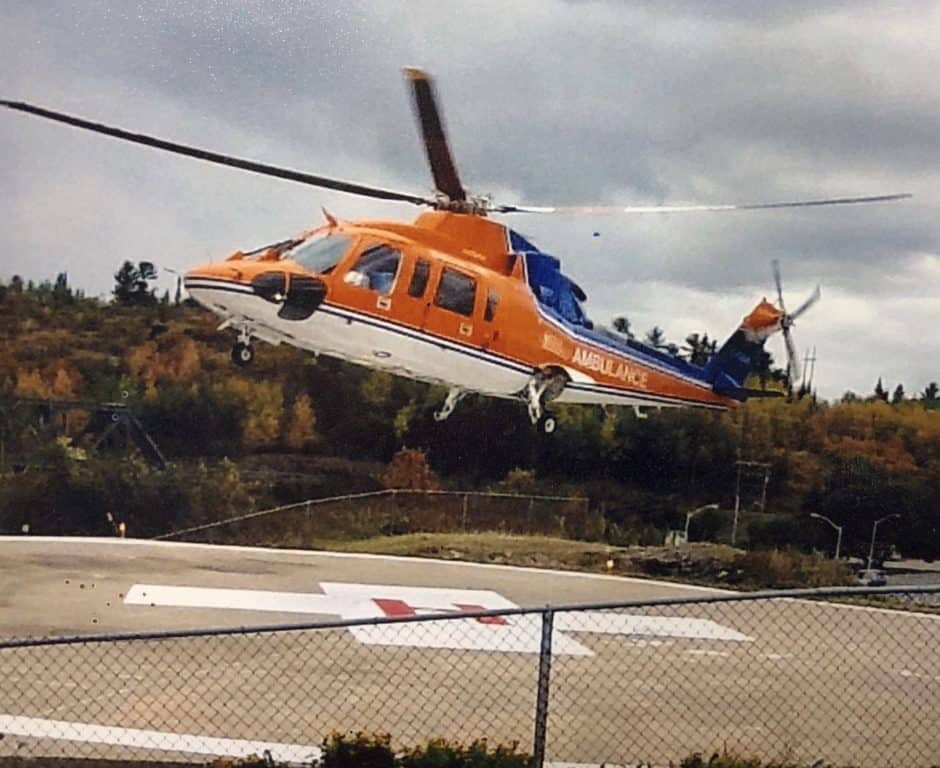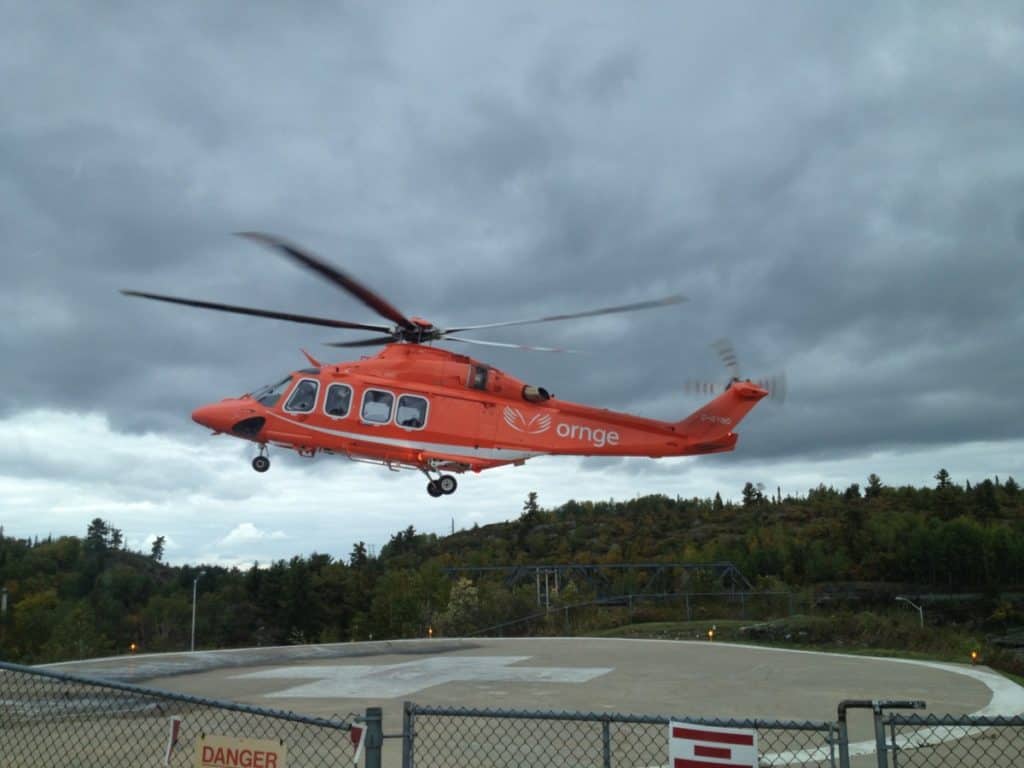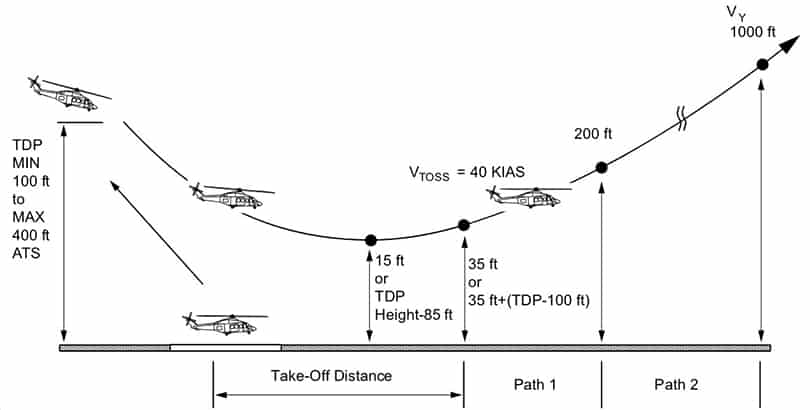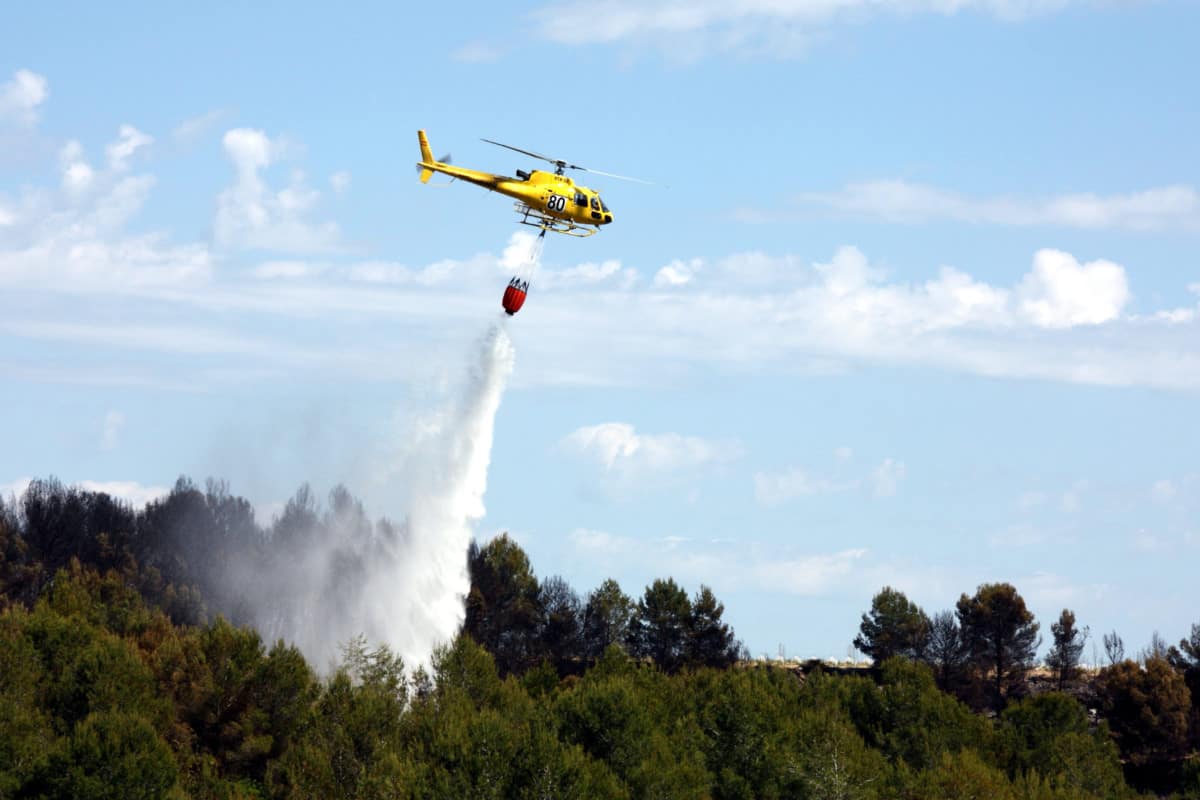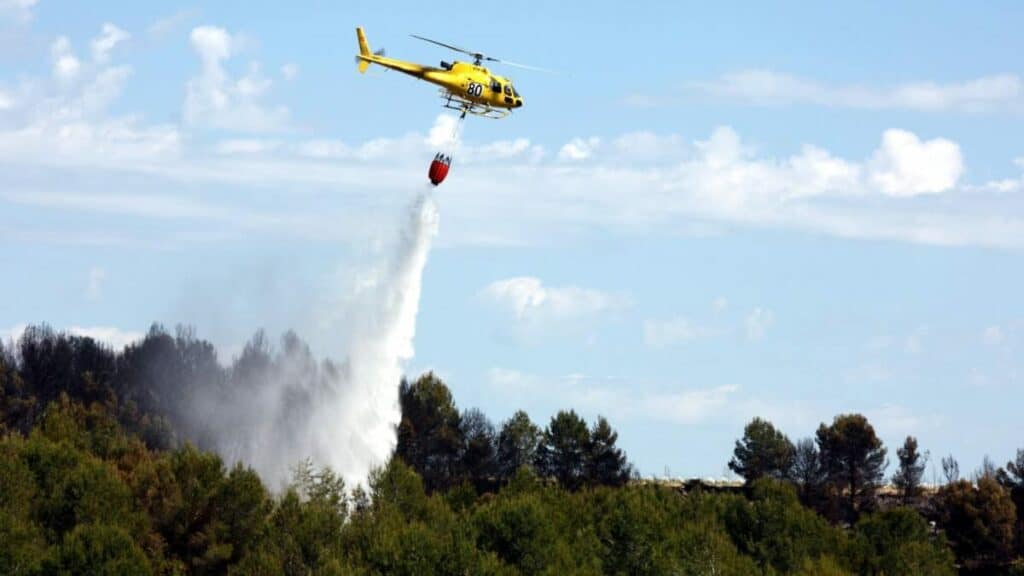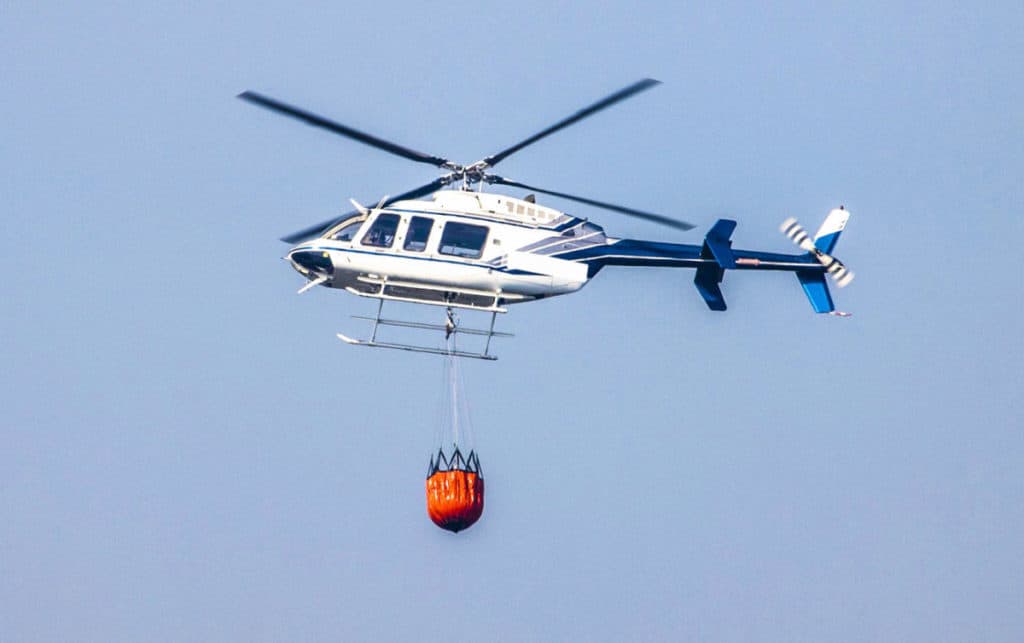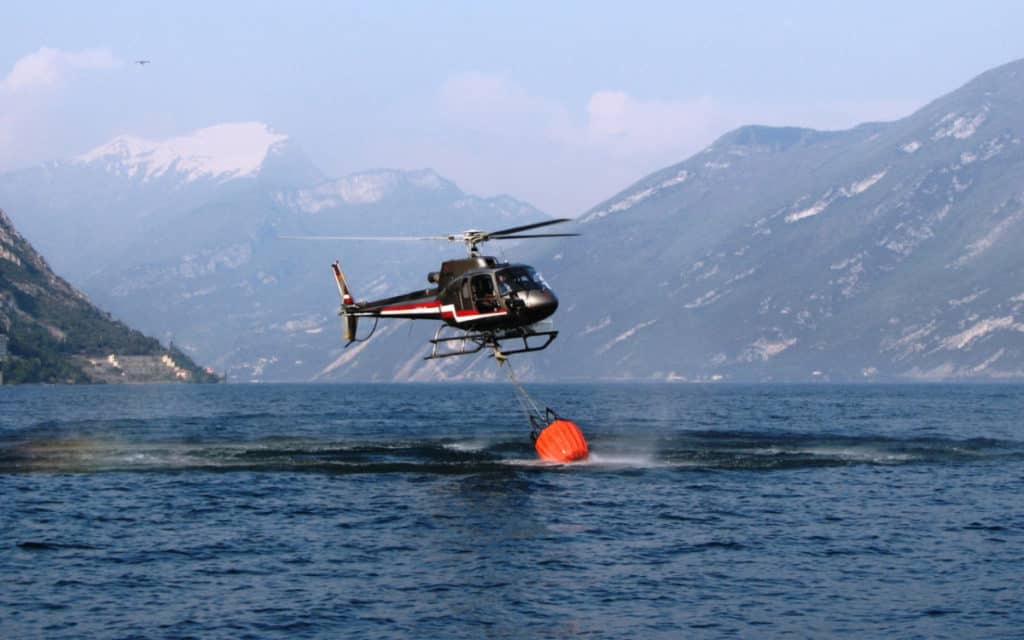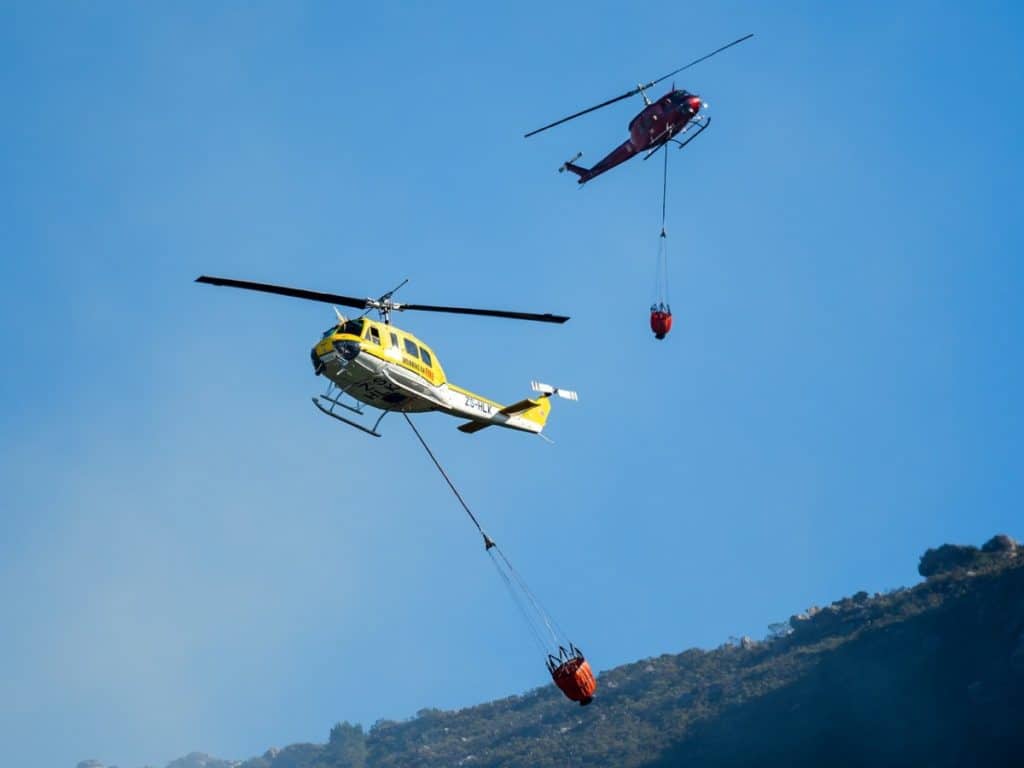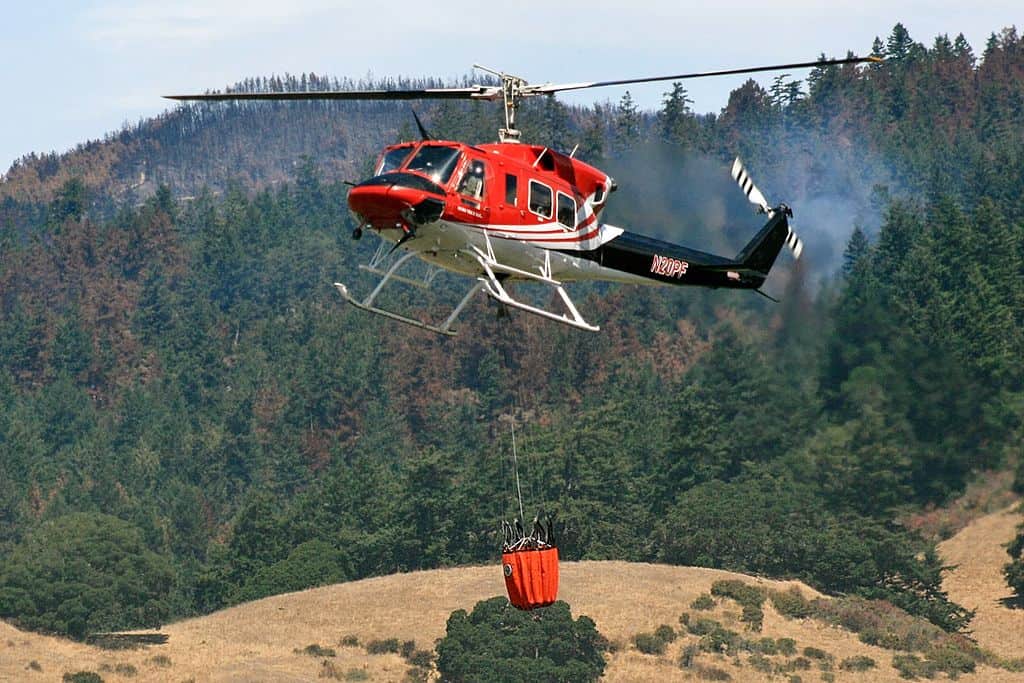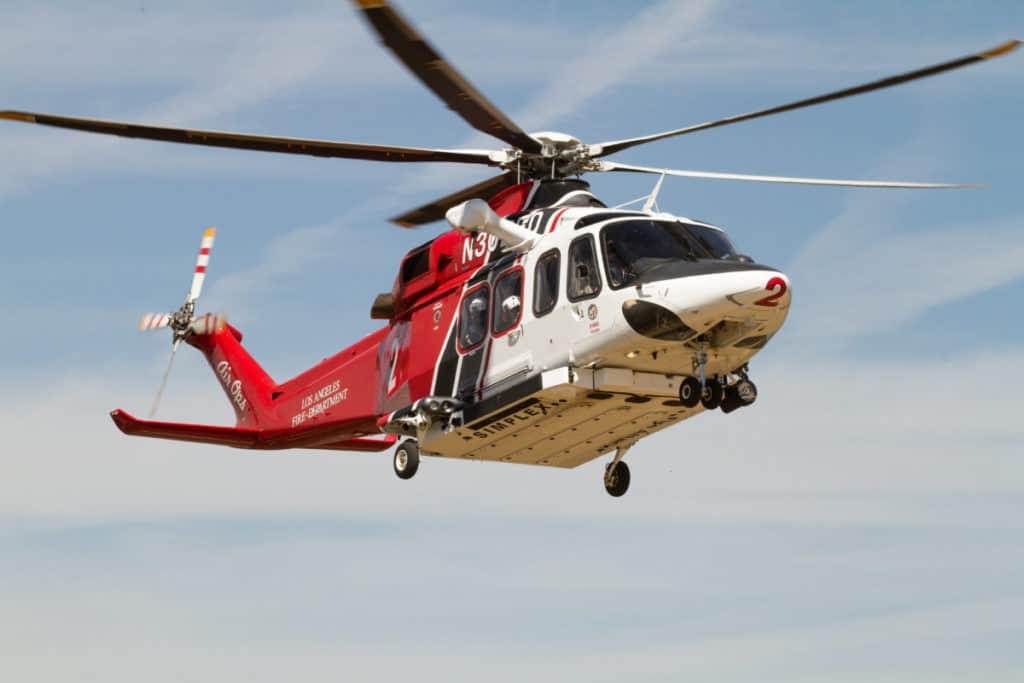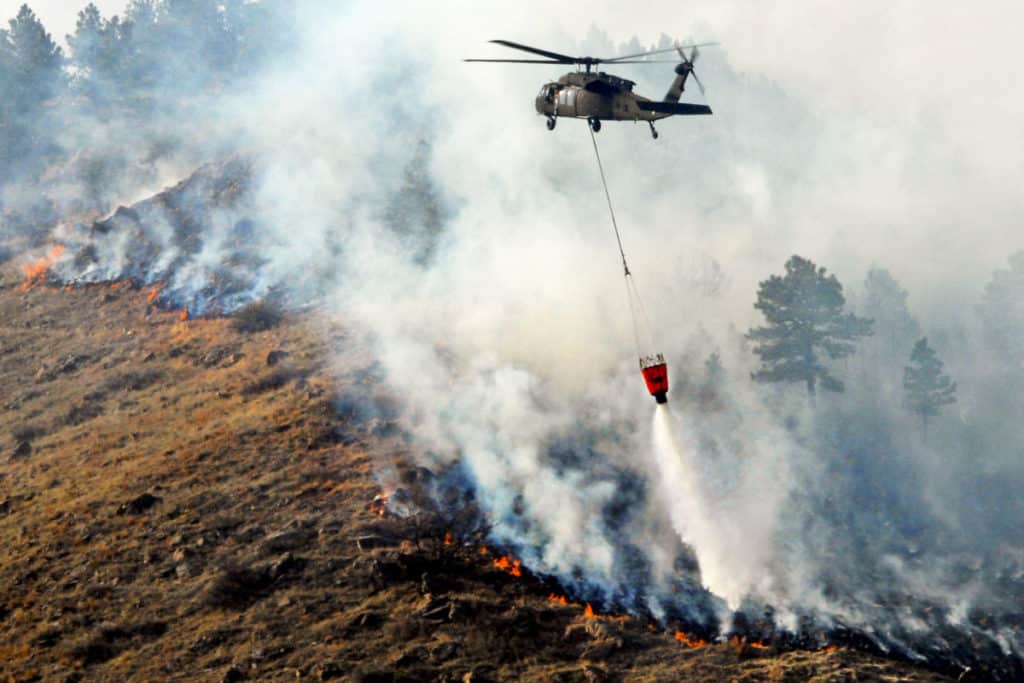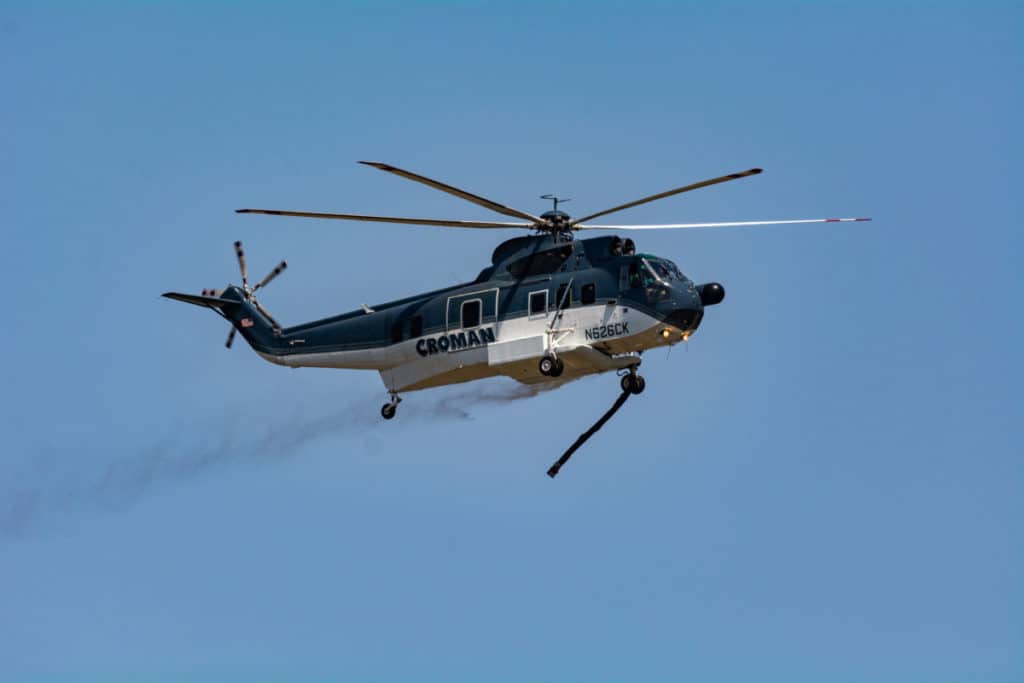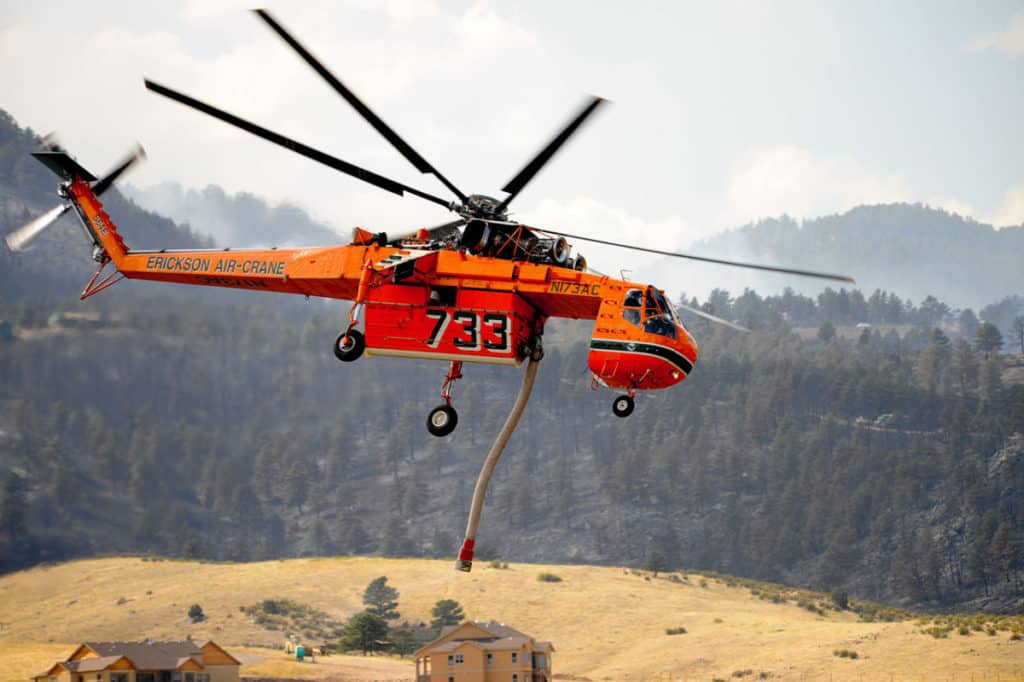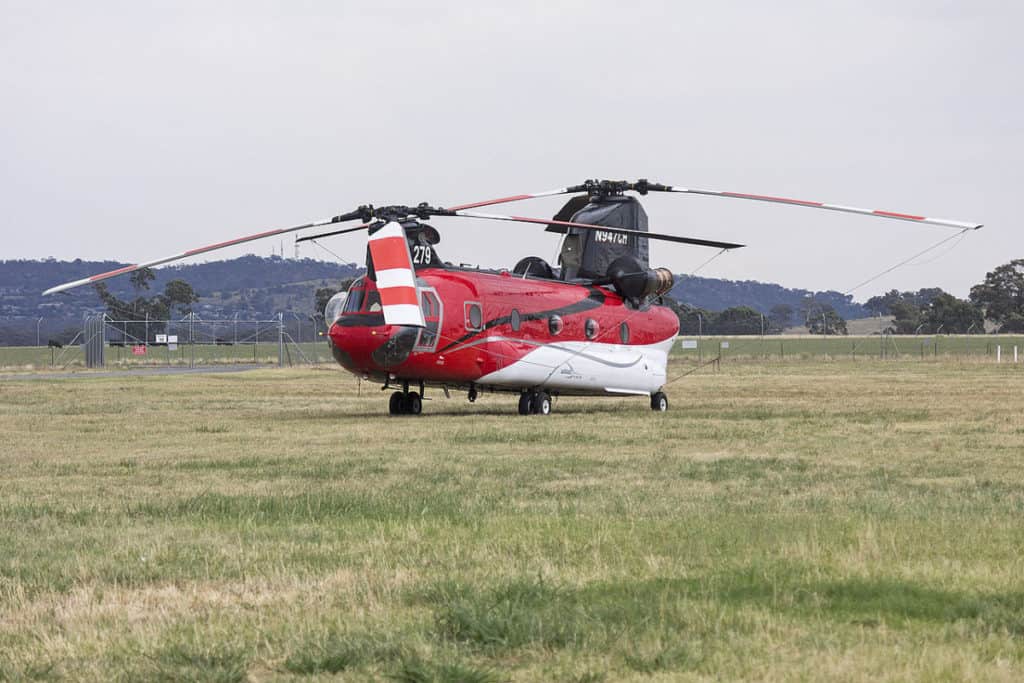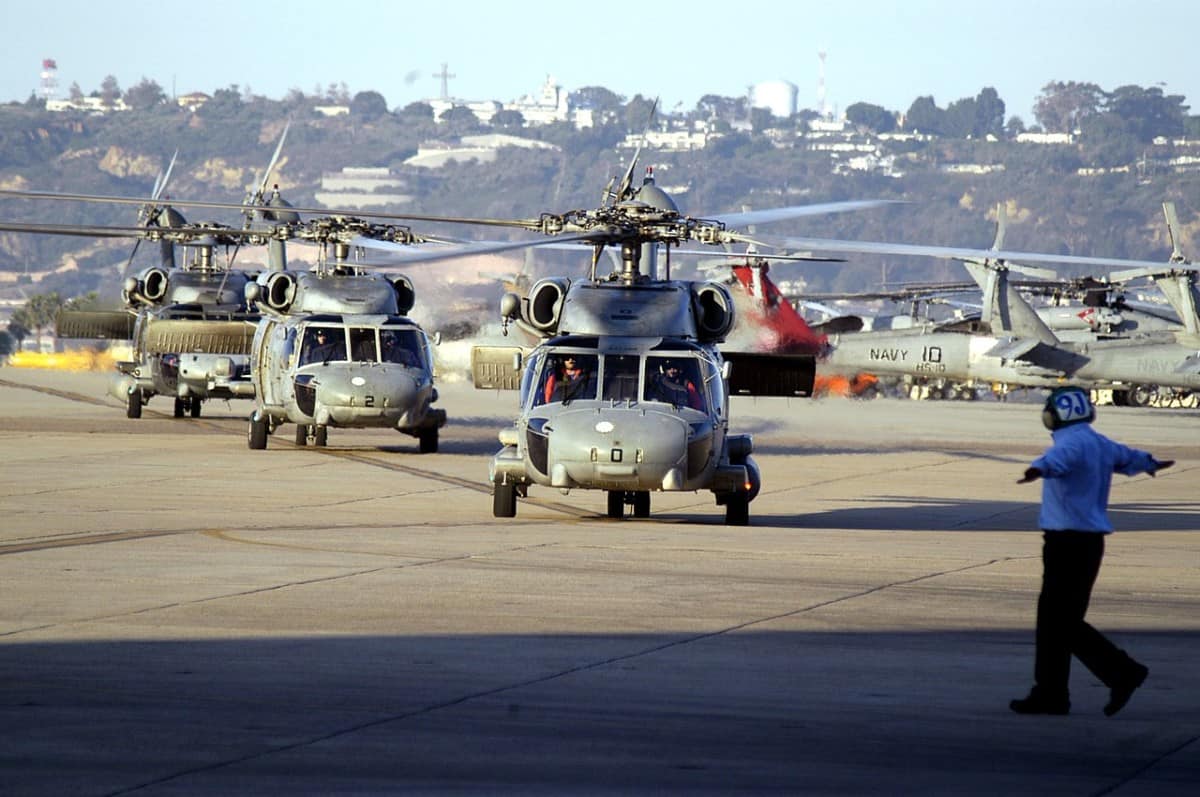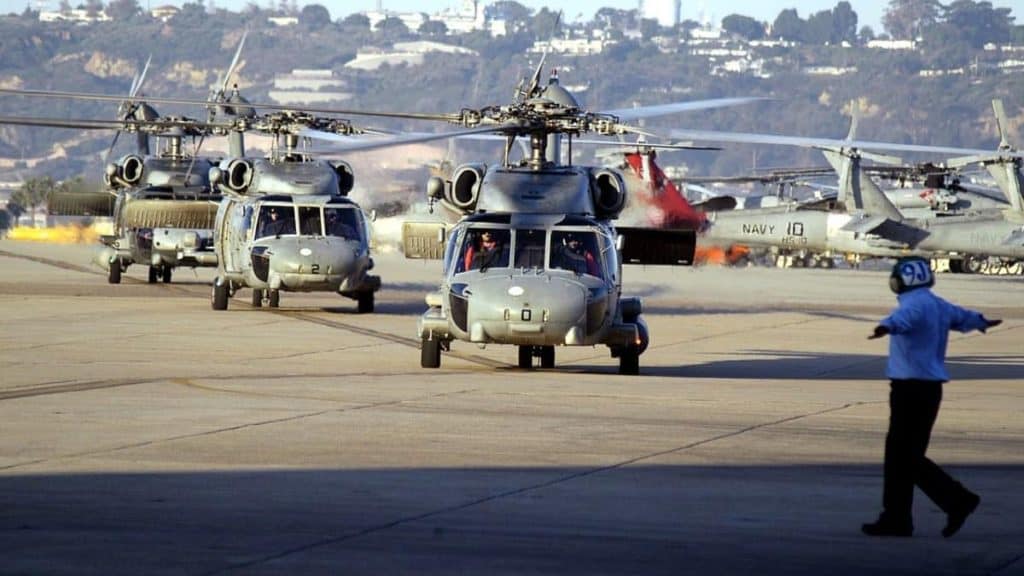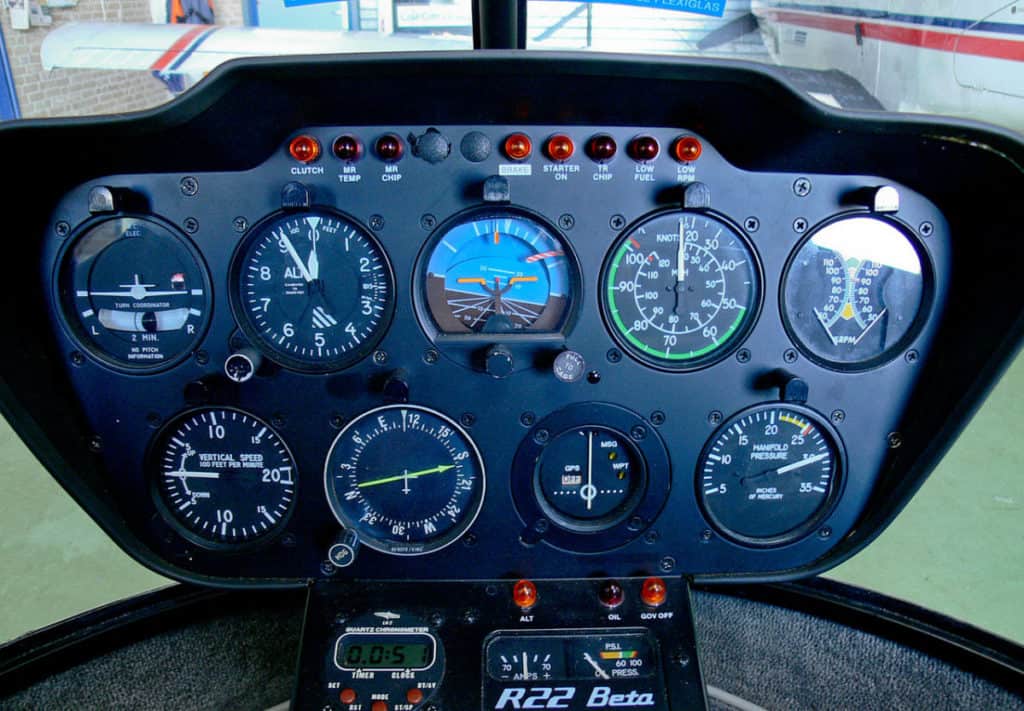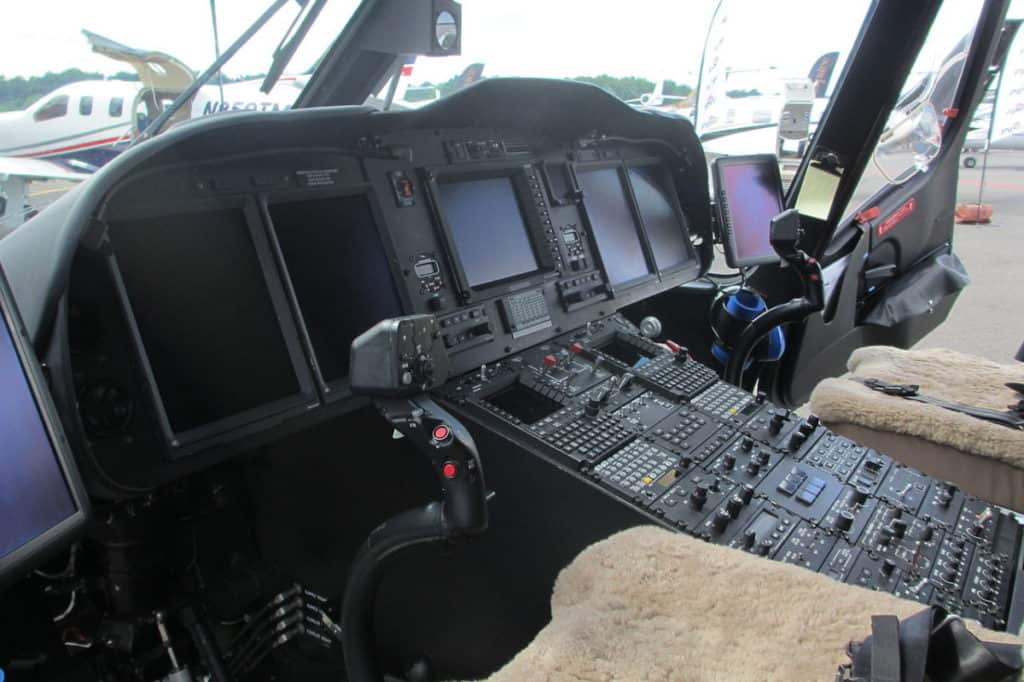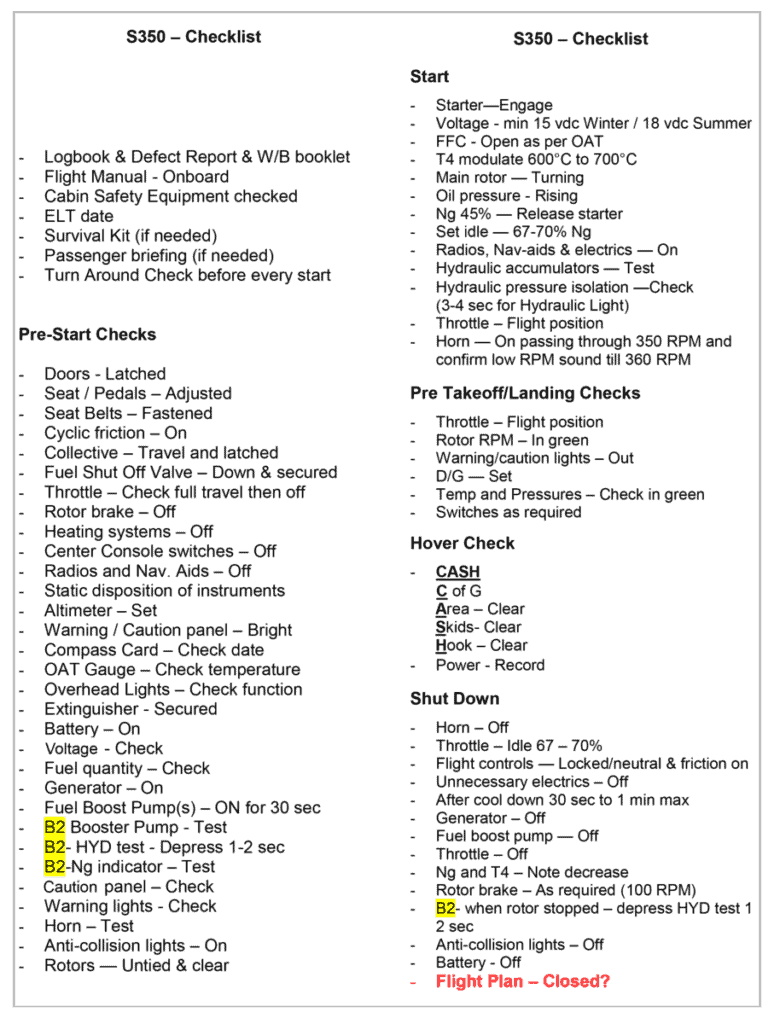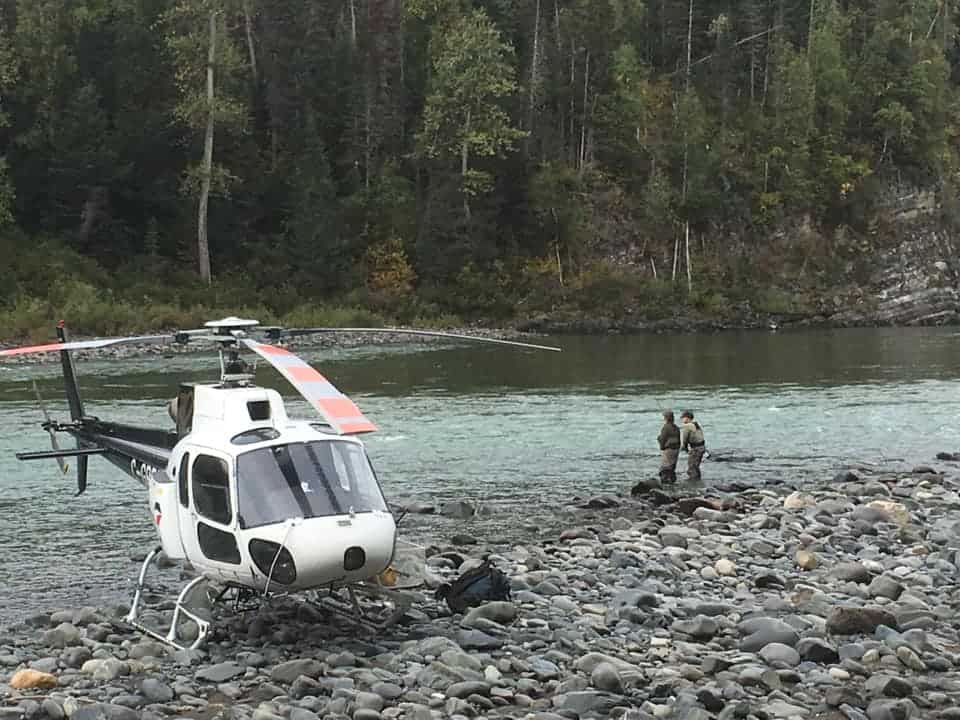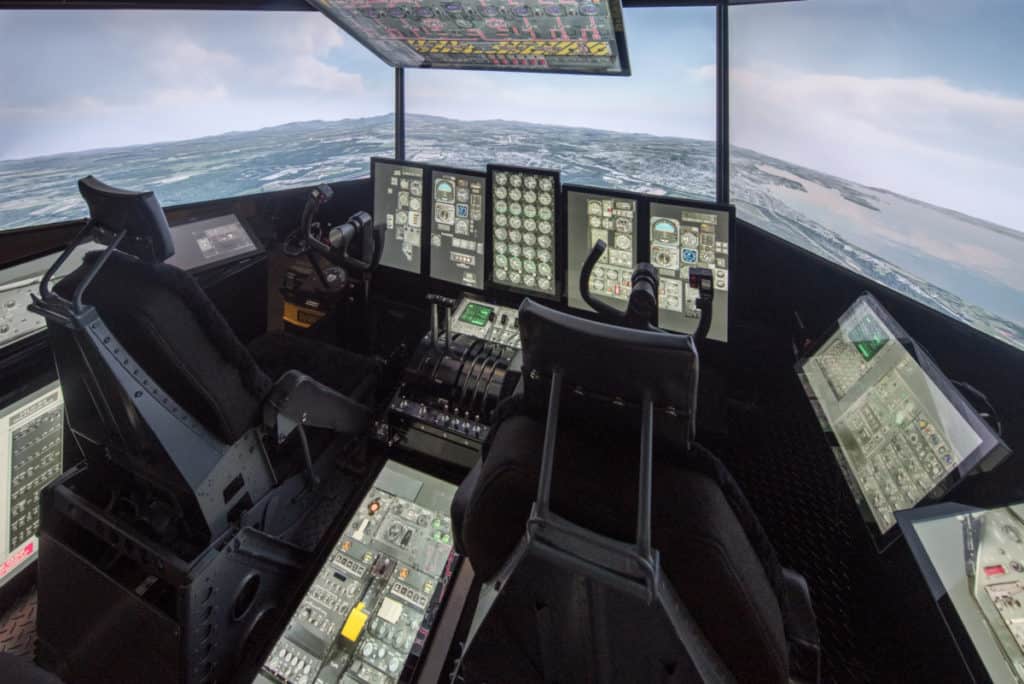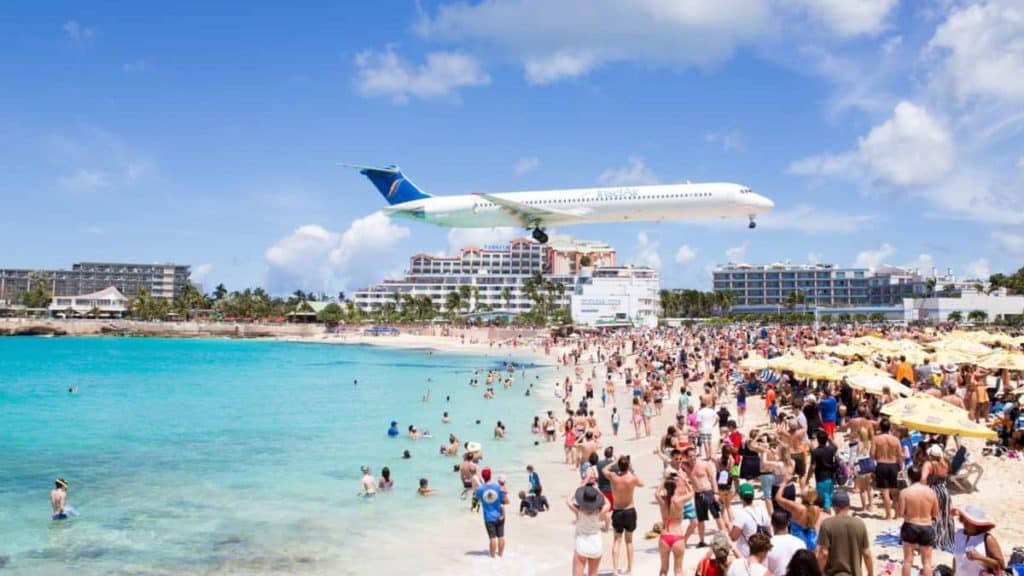
If you have even been to the end of a runway at a larger and busy airport you may have seen the hoards of aviation enthusiasts with their cameras and aviation radios. The chatter of pilots and air traffic control can be heard floating on the wind as the frenzy of camera lenses takes position for the next incoming plane. But there seems to be some confusion about the legality of listening to aviation radio transmissions.
It is illegal in certain countries, however, the ease in which aviation radios can be purchased allows for anyone to listen to ATC transmissions making it difficult for authorities to detect and enforce. Most countries only prosecute when nuisance transmissions begin to affect flight safety.
The legality of listening to Air Traffic Control, usually shortened to ATC, is one that is very country-specific and making it obvious that you are breaking those laws could have repercussions, but, in reality, the cases of a person being prosecuted are very, very rare.
Legality Vs. Reality of Listening to ATC
Some countries like the UK, Germany, and New Zealand have communication laws written to protect radio users. Transmissions that are meant for general reception to the public ARE allowed to be listened to, however, in these countries, ATC radio transmissions are only meant to be heard by other pilots or air traffic controllers, thus technically making them not for general public reception.
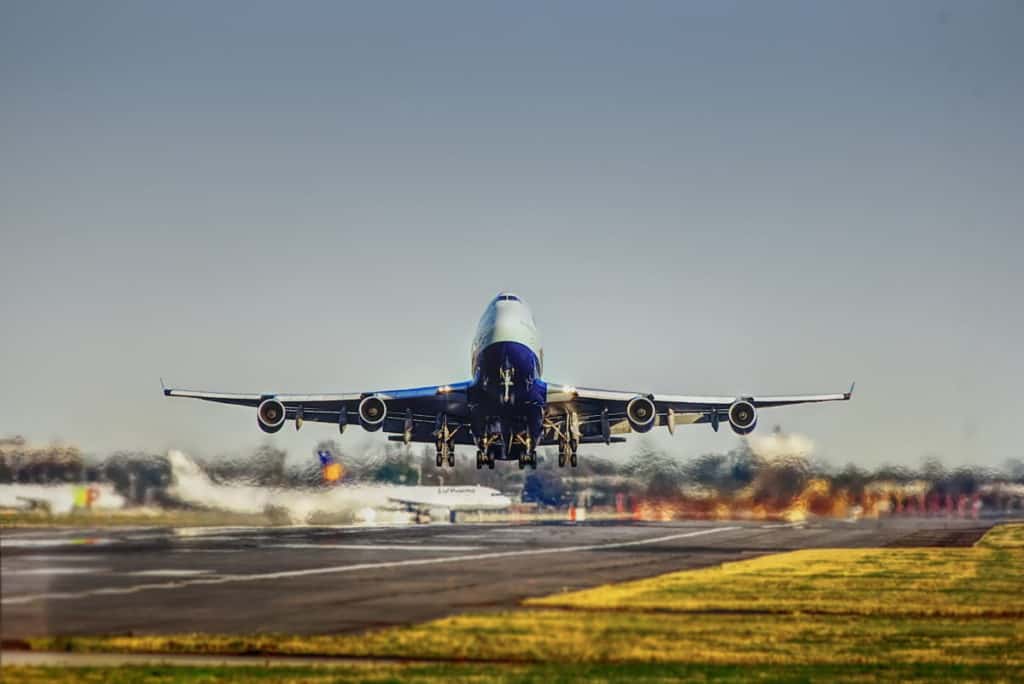
The other issue people run across is those same countries also ban the recording and re-distributing of any aircraft radio transmissions. So then the questions come:
“Why Can I buy a radio for listening to air traffic control if it is illegal?”
“Why don’t aviation enthusiasts get prosecuted?”
“Why are there countless YouTube Channels dedicated to ATC recordings?”
“Why is there apps & websites broadcasting live ATC transmissions?”
These questions seem to be legitimate and go against the rules as we have all seen the aviation enthusiasts sitting there listening to air traffic control, heck, even my ATC instructor when I was learning to fly told me to go and purchase a small hand-held receiver to be able to listen to ATC!
The rules forbidding people to listen to ATC seem to be a very gray area that is mostly overlooked in those countries. For the U.S. however, there is no problem listening to or recording and retransmitting air traffic control communications. This is why we have online apps like LiveATC (More on this later).
For those listening in the UK, you seem to be safe, but people have been prosecuted by listening and providing a data feed into the LiveATCwebsite as this is a little easier to track, compared to Mr Smith sitting in his yard with is small hand-held receiver.

Join My Newsletter & Get Great Tips, Information and Experiences To Help You Become a Superb Pilot!
What Can’t I Do When Listening to ATC?
By far the main thing anyone listening to ATC cannot do is TALK! Unless you are flying an aircraft or working at the airport you are not allowed to talk on a VHF airband radio frequency. In some countries like Canada and the UK, you also need a Radio Operator Certificate to legally talk on the radio. It is a punishable offense that affects flight safety when a person begins to unlawfully interfere using rogue radio transmissions and one that is dealt with swiftly if it occurs.
Air traffic control at a busy airport is a choreographed dance of aircraft arriving, landing, taxiing, taking off, departing, and transiting and both pilots and air traffic controllers build a mental picture in their minds of where all the other aircraft are. When a rogue radio call is heard this distraction can lead to severe implications that can endanger the lives of hundreds of people.
It is very rare, but it does happen, although not by the enthusiasts that enjoy the world of aviation. To date, I have never heard any rogue calls over the radio, but I always make sure to give the enthusiasts a wave or a good angle for their photos as I fly by – I was once there as a kid and loved watching!
How Can I Listen To Air Traffic Control
There are two main ways to listen to air traffic control and the pilots. One is for local aircraft close to you, and the other is to listen to air traffic control from all over the world:
Online/App
Live ATC.net is the world’s most popular online and smartphone-based streaming service for listening to air traffic control. Volunteers, enthusiasts, companies, and the airports themselves install a radio receiver at their location and live stream the feed to LiveATC.

LiveATC then allows anyone in the world to select and listen to a radio feed of that air traffic control frequency. It’s really cool! You can listen to many of the frequencies for your selected airport including:
- Approach
- Departure
- Tower
- Ground
- Clearance Delivery
- Center
LiveATC is available online at LiveATC.net or by downloading their apps for iOS and Android
Radio
The second option for listening to ATC is by using a VHF radio receiver. You can easily purchase a hand-held version or a non-portable, base station version and tune in to any of the VHF aviation frequencies listed for your local airport. The main things to note about the radio you select are:
- It needs to be able to operate on the airband frequencies between 118Mhz – 137Mhz
- It needs to be able to select channel frequencies down to 25kHz
- A Receiver allows you to listen only. A transceiver can listen and transmit
To help you find the frequency you wish to listen to there is a great free website called SkyVector.com. By clicking on the ‘Airports’ icon at the top and entering either the airport’s 4-letter ICAO identifier or typing in the name of the airport, will bring up all the information about it, including a section listing ALL the airport communication frequencies.
If you are not sure about the airports’ ICAO identifier, just type the airport name into Google followed by ‘ICAO identifier’. Google may show you just a 3-letter code, but that works in SkyVector too.
SkyVector has listings for airports all over the world and I found every airport I tried while testing it. I use it a lot when planning a cross-country trip as it is mainly aimed at pilots but it’s great to get all the information you would need as an enthusiast.
You can find SkyVector.com Here
If you wish to look at a nice selection of aviation airband radios, as well as many other aviation products, I put together a small collection to help you pick at my store which you can find here:
To Finish
Officially listening to aviation communications in some countries is still deemed illegal but is such a gray area that the resources used to enforce those laws are spent better in other areas. No matter if you are an enthusiast or a pilot-in-training, listening to air traffic control can be a great way to spend some time, take some great photos and even introduce your kids to aviation – This was exactly how my seed was sewn at a very young age!
Further Reading
If you found this article helpful or interesting you might like these articles too:

